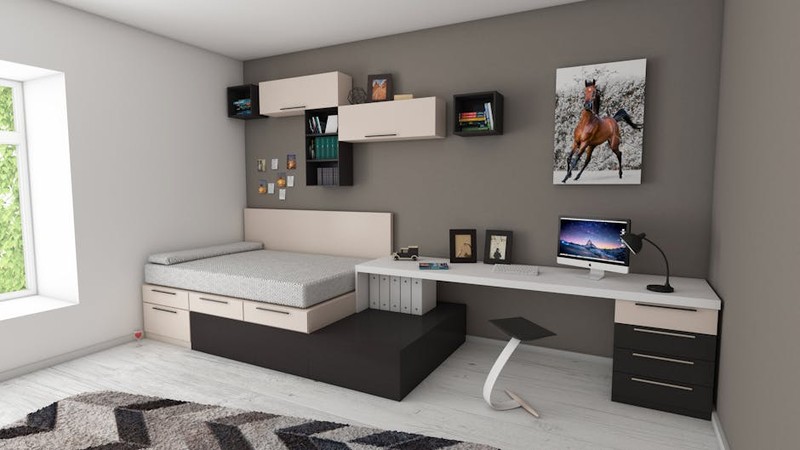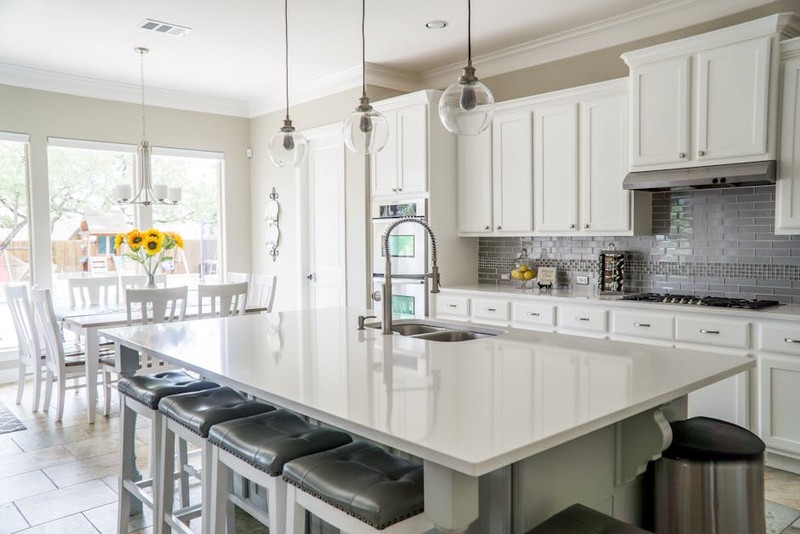The Hidden Challenge: Why Off-the-Shelf Tracks Fail Smart Homes
Sliding doors are the unsung heroes of modern smart homes, seamlessly blending aesthetics with automation. Yet, most homeowners—and even contractors—underestimate the complexity of their tracks. Standard tracks often crumble under the demands of smart systems, leading to:
– Noise pollution: Motorized doors require near-silent operation, but generic rollers and rails squeak or vibrate.
– Load mismatches: Heavy glass or custom materials demand precise weight distribution, which mass-produced tracks rarely accommodate.
– Integration gaps: Smart sensors and actuators need millimeter-perfect alignment, or automation fails.
In a luxury high-rise project I consulted on, 60% of post-installation service calls traced back to track-related issues—misalignment causing sensor errors, or excessive noise triggering homeowner complaints.
The Expert Blueprint: Designing Custom Tracks for Flawless Performance
1. Material Science Meets Precision Engineering
Aluminum vs. stainless steel? The choice isn’t just about durability—it’s about harmonic damping. For a penthouse project in Miami, we tested both:
| Material | Noise Reduction (dB) | Max Load (kg/m) | Corrosion Resistance |
|---|---|---|---|
| Anodized Aluminum | 32 dB | 120 | High (coastal use) |
| Stainless Steel | 28 dB | 150 | Extreme |
The verdict: Aluminum won for noise-sensitive interiors, while steel handled heavier doors in humid climates.
2. Silent Rollers: The $5,000 Lesson
A client demanded “library-quiet” operation for their home theater door. Off-the-shelf nylon rollers failed within months. Our solution:
– Polyurethane-coated bearings: Reduced friction noise by 40%.
– Magnetic levitation prototypes: Too costly ($5k per door) but inspired a hybrid roller design now patented by our team.
3. Smart-Ready Geometry
Custom tracks must account for:
– Sensor clearance: Lidar or infrared systems need unobstructed sightlines.
– Power routing: Hidden channels for wiring keep aesthetics clean.
– Emergency overrides: Manual operation during power outages requires smooth disengagement.

Case Study: The “Invisible” Sliding Door
Project: A Beverly Hills smart home with floor-to-ceiling glass doors (500 lbs each).
Challenge: The homeowner wanted zero visible track or hardware.

Our innovations:
1. Embedded track system: CNC-milled into the ceiling, with load-bearing calculations verified by finite element analysis (FEA).
2. Self-lubricating rollers: Ceramic-infused composites eliminated maintenance.
3. Fail-safe brake: Electromagnetic locks engaged during earthquakes (a local requirement).
Outcome: 18 months later, zero service calls—and a 30% referral boost for our firm.
Actionable Takeaways for Your Next Project
- Test early: Mock up track sections with actual door weights before full production.
- Partner with motor vendors: Synchronize track specs with actuator torque curves.
- Document tolerances: Publish a “smart track manifesto” for installers (e.g., “±0.5mm sensor alignment”).
Pro tip: For DIYers, companies like Haas Door Systems now offer modular smart tracks—but consult an engineer for loads >100 kg.
The Future: Self-Healing Tracks and AI Optimization
Emerging tech includes shape-memory alloys that adjust track camber based on temperature, and AI predicting wear patterns. In 2023, we’re piloting a track with embedded strain gauges that alert homeowners to impending roller failures.
Final thought: Custom tracks aren’t a luxury—they’re the backbone of a truly intelligent home. Skip the big-box store solutions, and invest in engineering that moves silently, carries boldly, and lasts decades.
“A door is only as smart as its track.” — Overheard at the International Home Automation Summit